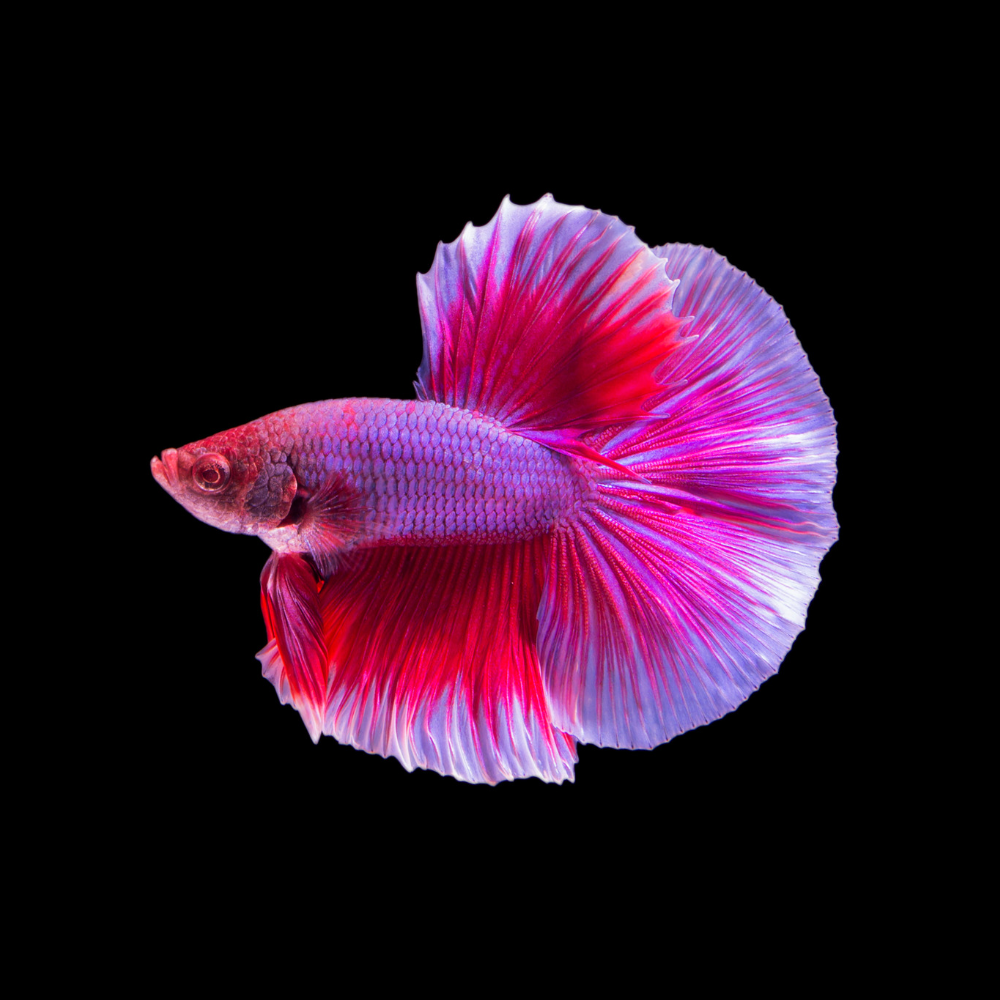Betta Fish Lifespan: How to Guarantee Your Betta Lives Longer
Betta Fish Lifespan: How to Guarantee Your Betta Lives Longer
Blog Article
Breeding Betta Fish: a Comprehensive Step-By-Step Overview to Effectively Raising Baby Bettas From Eggs to The Adult Years
Reproducing Betta fish is a precise undertaking that calls for cautious preparation and execution to ensure the effective development of fry from eggs to mature fish. Picking genetically varied breeding couple with preferable attributes is only the beginning; developing an optimum environment and understanding the ins and outs of the breeding procedure are similarly essential. As the male Betta faithfully constructs a bubble nest and guards the precious eggs, the succeeding stages of treatment and change need attention to detail and expertise of best methods. How does one navigate the difficult yet gratifying course of nurturing these vibrant animals to adulthood?
:strip_icc()/how-long-do-bettas-live-1380782-hero-813aa5d34bab48cdb333edfe02471dad.jpg)
Choosing Reproduction Pairs
When starting the trip of breeding Betta fish, selecting the appropriate reproduction pairs is critical to attaining preferable qualities and a healthy lineage - betta fish. The primary step in this process is to determine the certain traits you wish to enhance or protect, such as color, fin type, and physique. It is important to select genetically varied sets to stay clear of inbreeding, which can result in health problems and unfavorable features
Evaluate possible breeding candidates carefully. A healthy and balanced male Betta ought to exhibit vivid shades, an active attitude, and well-formed fins, while the lady must also display vivid pigmentation and a rounded tummy, showing readiness for spawning. Observing the personality of both fish is vital, as aggressive or overly timid people might not reproduce successfully.
Maintaining documents of the moms and dad fish's origins can help you track genetic attributes and potential problems. Ultimately, spending time in the selection process will dramatically improve the possibility of generating strong, dynamic spawn that satisfy your breeding goals.

Preparing the Breeding Tank
Developing an optimum reproduction atmosphere is a crucial action after picking appropriate sets for Betta fish. The breeding storage tank need to be specifically developed to give comfort and stimulate the natural breeding habits of the fish. Begin with a container dimension of at least 10 gallons to guarantee ample space for both the male and women Bettas.
Keep a mild filtration system to keep the water clean while preventing solid currents that can worry the fish. In addition, an air rock can be included in give oxygenation without interfering with the water surface area excessive.
Temperature law is vital; objective for a steady variety of 78-82 ° F(25-28 ° C) utilizing a reliable heater. The pH level must be preserved in between 6.5 and 7.5, and routine water modifications are necessary to guarantee high water top quality.
Include drifting plants or generating sponges to develop concealing places for the lady, while likewise urging bubble nest building by the man - betta fish. Guarantee the container is totally free from sharp decorations and any kind of possible threats, as the welfare of the fish must constantly be focused on throughout this critical phase of breeding.
The Breeding Process
Usually, the reproducing procedure for Betta fish entails a collection of distinctive and visible habits that suggest preparedness for recreation. The male Betta starts by constructing a bubble nest at the water's her explanation surface area, which acts as a site for the fertilized eggs. This nest is essential, as it supplies a secure atmosphere for the eggs till they hatch out.
Once the nest is established, the male will certainly present courtship behaviors, such as flaring his fins and exhibiting vibrant colors to draw in the woman. The lady, upon picking up the man's readiness, will respond by presenting vertical stripes along her body, indicating her receptiveness.
The fertilized eggs after that drop to the bubble nest, where the male thoroughly gathers and returns them to the nest. Following this, the male presumes obligation for safeguarding the nest and making sure the safety and security of the eggs till they hatch out, commonly within 24-36 hours.
Taking Care Of Betta Fry
Caring for Betta fry requires mindful interest to their atmosphere and nutrition to guarantee healthy growth and advancement. After hatching, Betta fry are exceptionally small and vulnerable, demanding a steady and tidy environment.
Feeding Betta fry is just as crucial. Feed them little quantities a number of times a day, being cautious not to overfeed, which can lead to water top quality issues.
Transitioning to Grownup Bettas
As Betta fry fully grown, transitioning them to grown-up Bettas is an essential phase that requires mindful monitoring of their setting and social interactions. This process commonly starts when the fry get to around 6 weeks old, whereupon they can be progressively introduced to a more structured living atmosphere.
To facilitate this transition, it is important to guarantee that the water criteria-- such as temperature level, pH, and ammonia degrees-- are optimum and steady. Adult Betta fish grow in cozy water (around 78-80 ° F) with a pH of 6.5 to 7.5. Gradually acclimate the fry to these problems to minimize tension.
Social interactions are one more key variable; male Bettas look at these guys are infamously territorial and aggressive. Consequently, it is recommended to different males right browse around here into individual storage tanks as they mature. Women Bettas can be housed together, however care must be taken to keep an eye on for signs of aggressiveness.
Furthermore, nutritional modifications need to be made as the fry expand. Incorporate high-grade pellets and live foods to sustain their development and health and wellness. By handling these elements efficiently, you can promote a successful transition to adulthood for your Betta fish.

Conclusion
Successful reproduction of Betta fish needs careful focus to detail throughout the entire procedure, from choosing genetically varied pairs to providing optimum care for fry. Additionally, a well balanced diet plan and gradual adjustment to adult environments are essential for the development and advancement of Betta fish.
Report this page